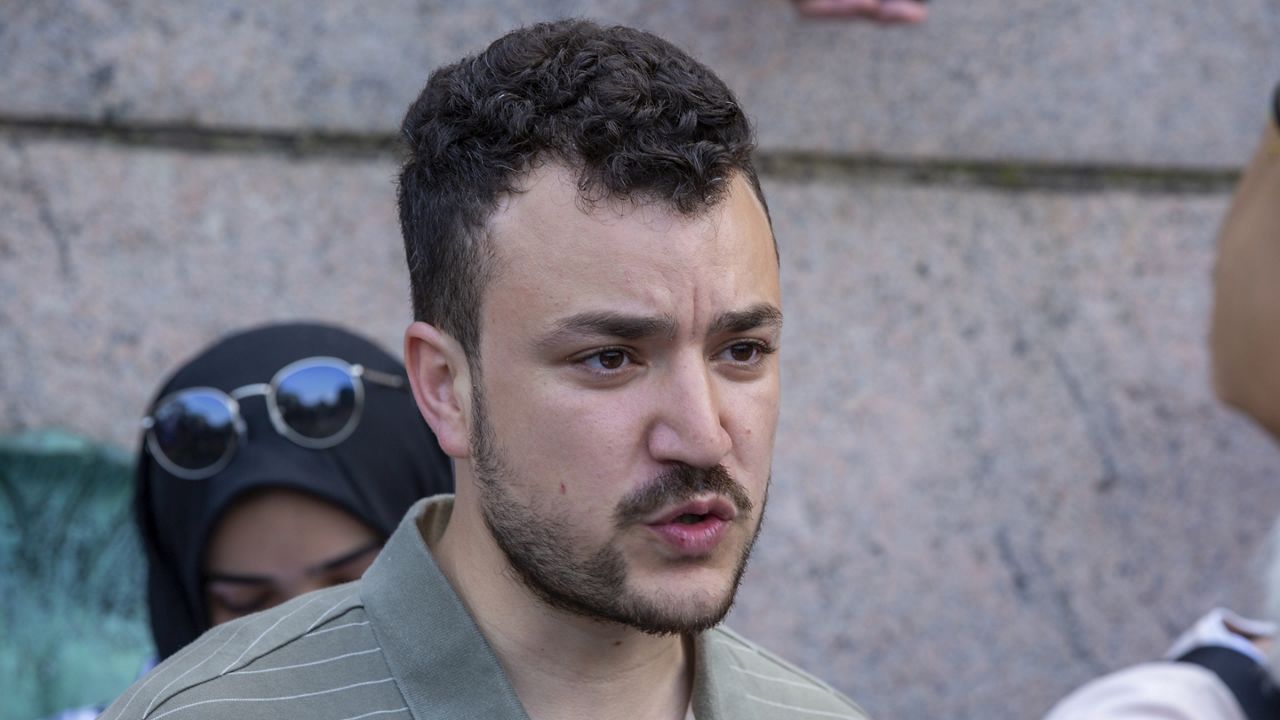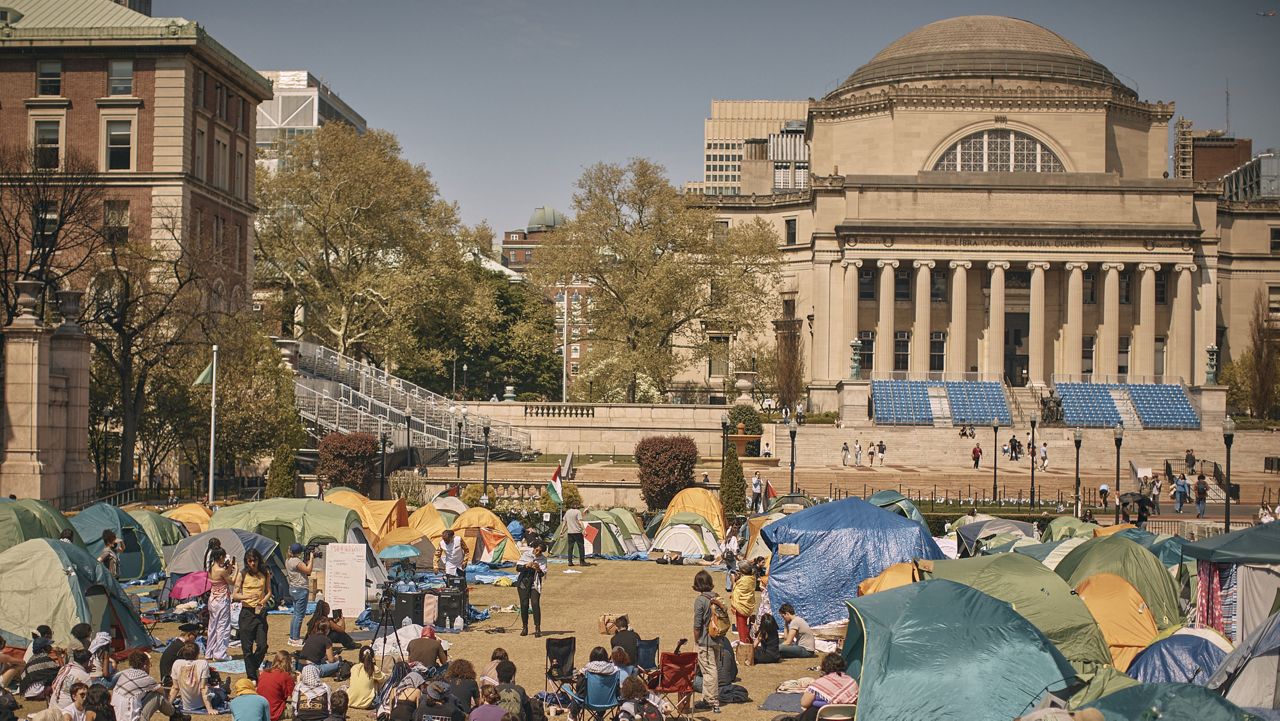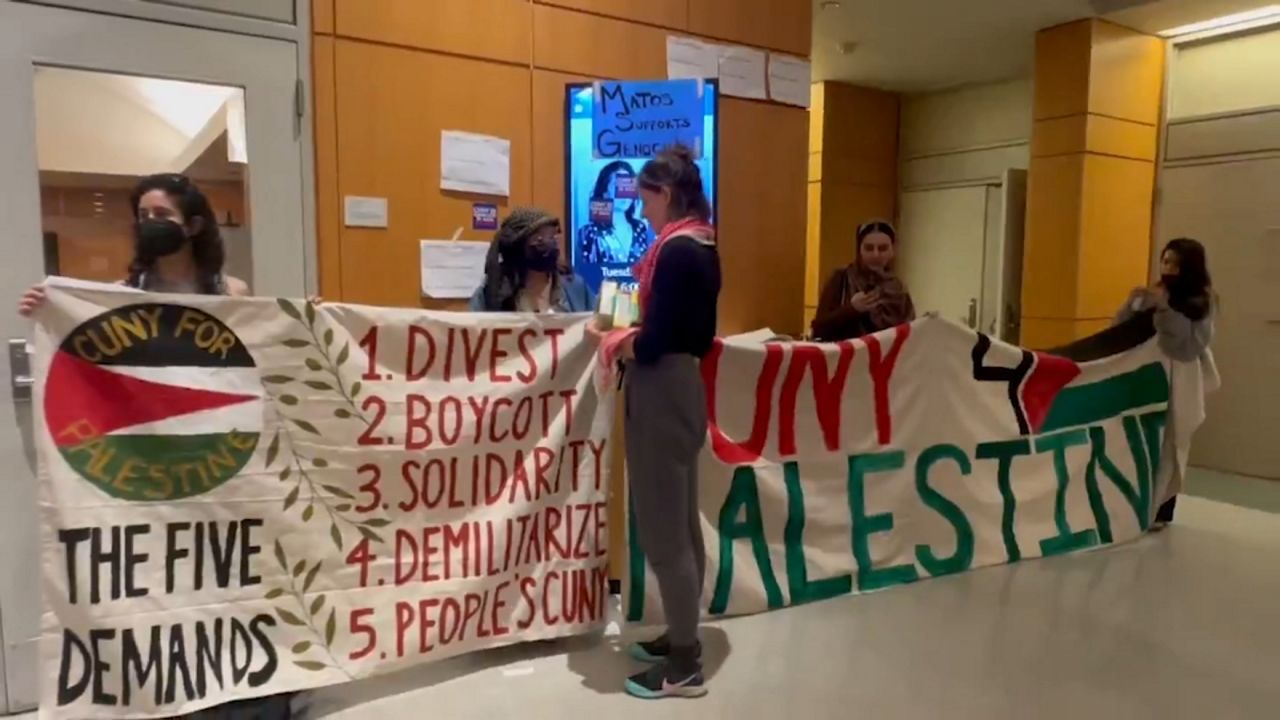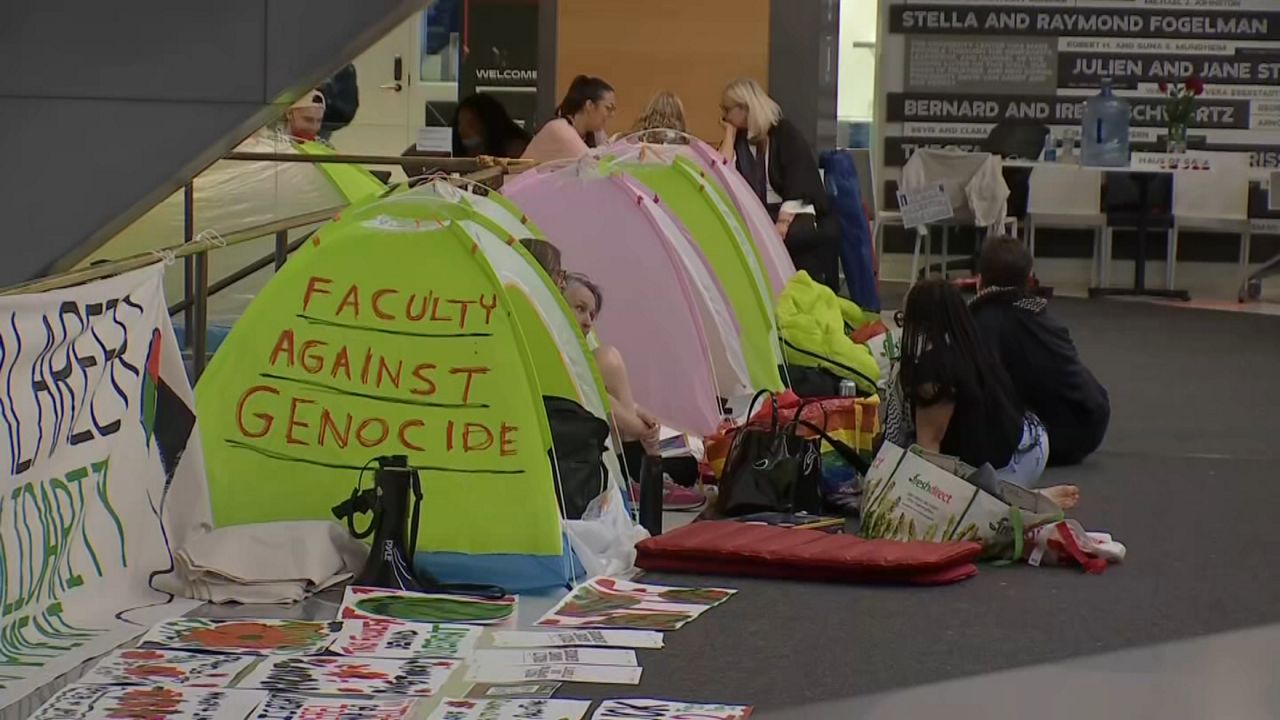Students have brought more than 5,000 “dangerous instruments” into New York City public schools since classes began in September, marking a significant increase from the most recent pre-pandemic school year, an NYPD official said Wednesday.
NYPD school safety agents confiscated 5,546 weapons between Sept. 13 and the end of last week — a 124% jump from the 2018-2019 school year, when 2,473 weapons were confiscated, NYPD First Deputy Commissioner Edward Caban said at a press conference.
Twenty of the 5,546 weapons were guns, including two 9mm handguns a 15-year-old student brought into a school in Queens on May 18, Caban said.
What You Need To Know
- Mayor Eric Adams and Schools Chancellor David Banks held a joint press conference with the NYPD to discuss gun violence on Wednesday, in the wake of a deadly mass shooting at an elementary school in Texas
- An NYPD official said school safety agents confiscated 5,546 weapons between Sept. 13 and the end of last week — a 124% jump from the 2018-2019 school year
- Twenty of the 5,546 weapons were guns, including two 9mm handguns a 15-year-old student brought into a school in Queens on May 18, the official said
- Adams implored New York City parents and guardians to speak with their children about gun violence
School safety agents also found a loaded .380 caliber semiautomatic gun inside a 13-year-old boy’s backpack at a middle school in Brooklyn last week, Mayor Eric Adams said at the briefing.
"We have been very fortunate here in New York City. We have not had a mass shooting," schools Chancellor David Banks said. "When we talk to the students who brought them to school, they're not meant to resolve conflicts in school. They don't have a problem with their classmates. They're afraid of when they're going to school and when they leave school to go home."
Adams and Caban shared the statistics at a joint press conference held by the NYPD, City Hall and the city’s Department of Education a day after an 18-year-old opened fire inside an elementary school in Texas, killing 19 children and two adults.
In the Bronx last week, a 15-year-old boy was arrested for allegedly firing a shot that killed an 11-year-old girl.
Adams on Wednesday implored New York City parents and guardians to speak with their children about gun violence.
“We need to make sure children are not in possession of guns,” he said. “We’re asking parents to sit down tonight and have an honest conversation with their children, to save the lives of their children.”
While the NYPD already has a “roving unit” that conducts random weapons checks at schools, the city plans to ramp up those efforts in high-crime areas, Adams said.
“So those areas where you have a high level of shootings, or a high level of gun crimes, those are the areas that we can zero in on,” he said.
The NYPD will also increase patrols outside schools, giving “special attention to schools particularly while children are coming out,” the mayor said.
“We’re going to place special attention to the schools, particularly in light of what happened in Texas,” he said. “The goal is to stop the guns from coming into the school and make sure our children are safe getting to school.”
New weapons-detecting technology in schools could also be an option, Banks added.
“No child wants to go to school and be scanned. You feel like you’re going to jail just to go to your English class,” the chancellor said. “So we’re looking at technology that is much less invasive, still preserves the integrity of just being a student and going to school, but yet you can have the assuredness that nobody’s walking in the school with a firearm.”
Addressing concerns about outsiders entering schools with weapons — as officials said happened in Texas — Banks said his department was looking at keeping school buildings locked between arrival and dismissal.
“I spoke with the head of the principals union today, who suggested that we should lock our front doors. Once our students are in school, the front doors should be locked, and if people are coming to our schools, they need to press the buzzer, they need to do something where we can stop them, we can identify who’s coming in our schools,” he said. “It shouldn’t be such easy access.”









